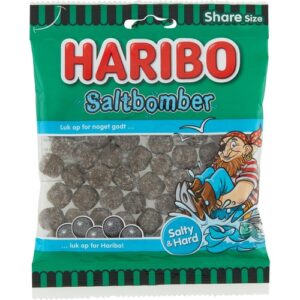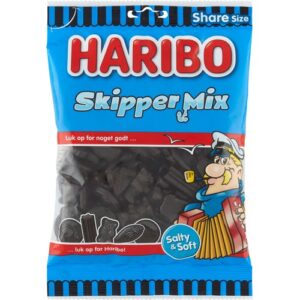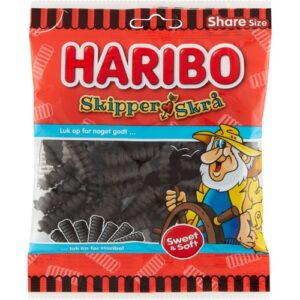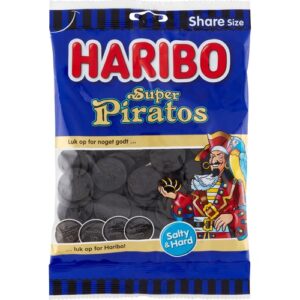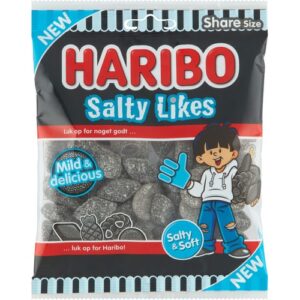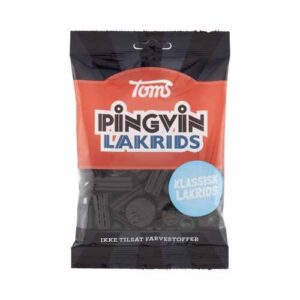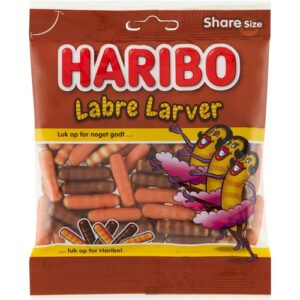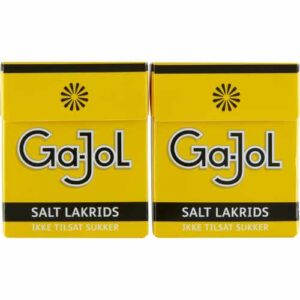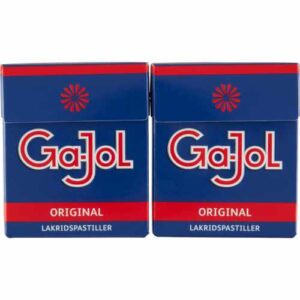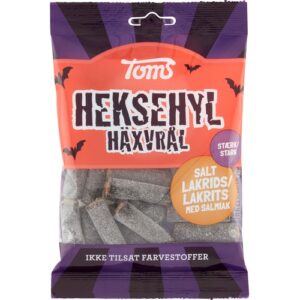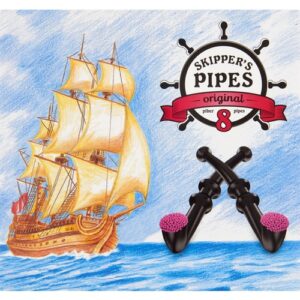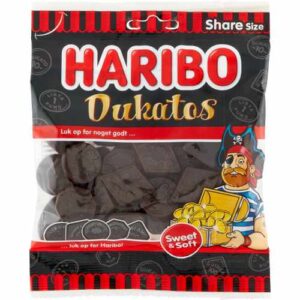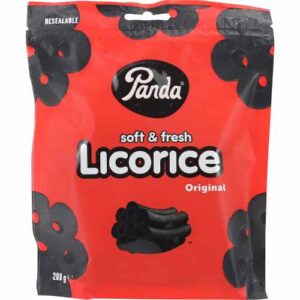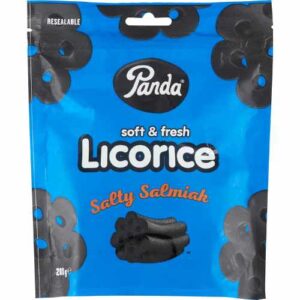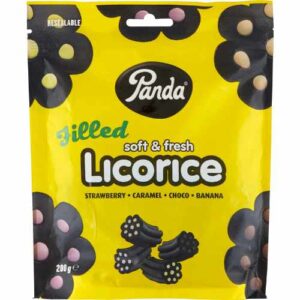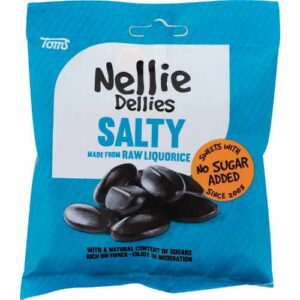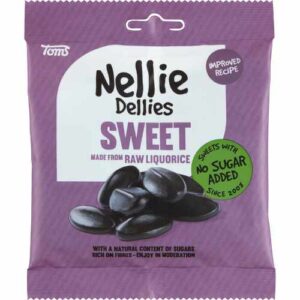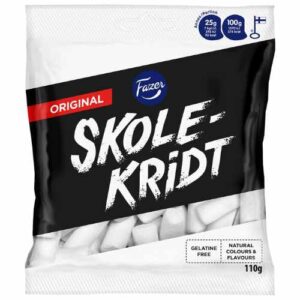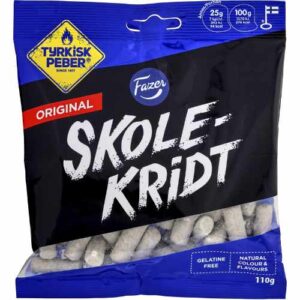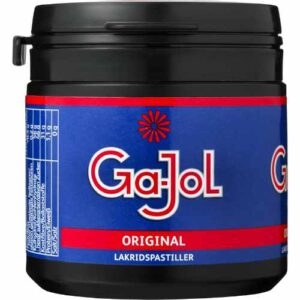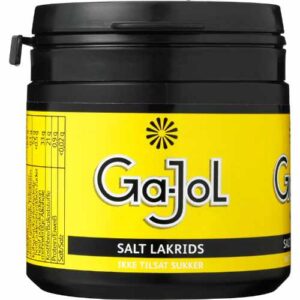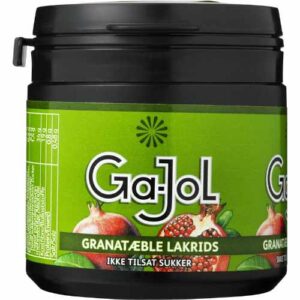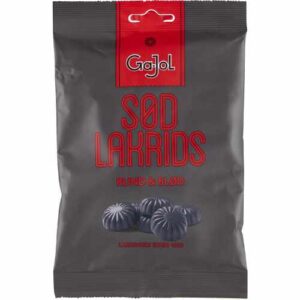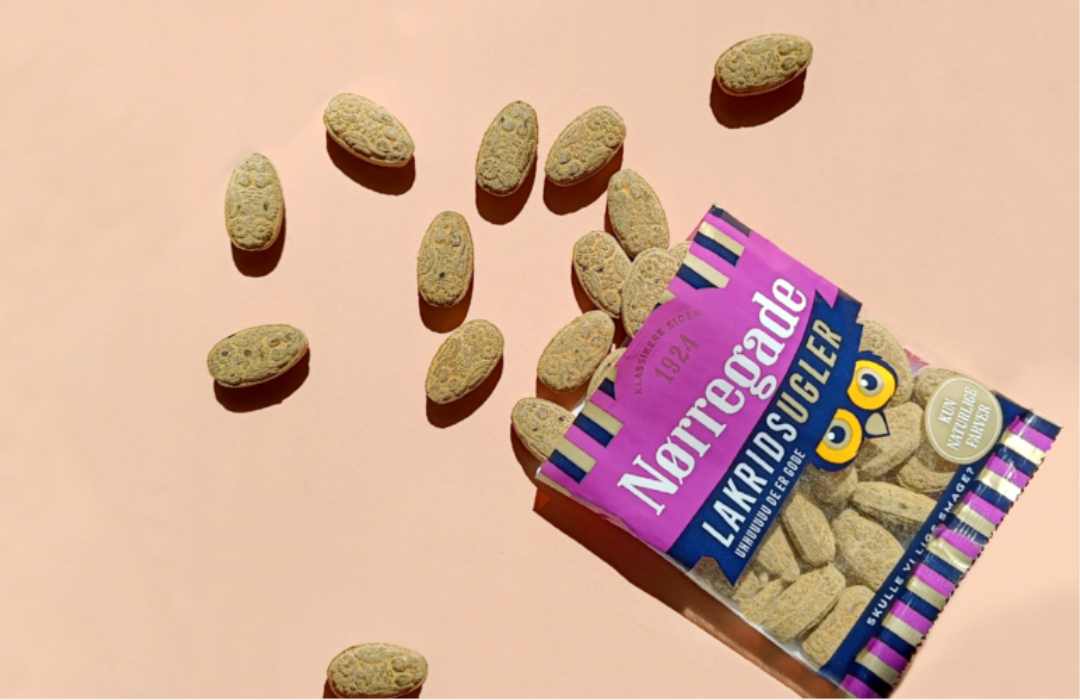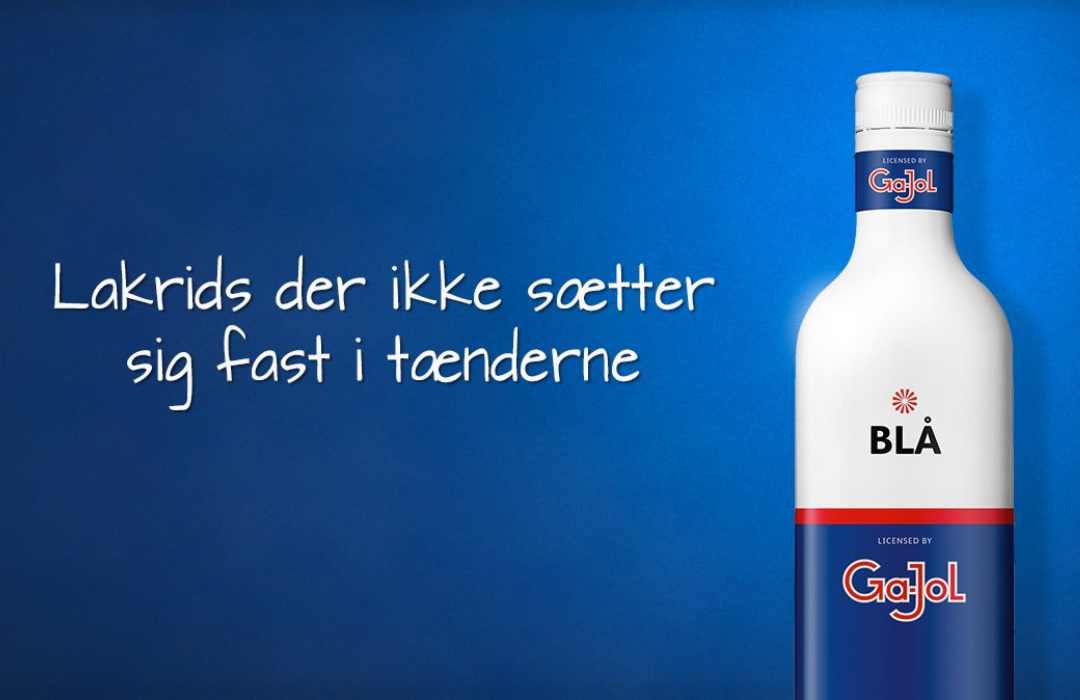Licorice
Which licorice is your favorite? Salted licorice or maybe the sweet one? Here in the shop you’ll find many different kinds. And did you know that licorice is number two on the list of Danes’ favorite candy, second only to chocolate
Licorice by Bülow
Lakrids by Bülow is a welcome taste of Denmark for Danes living globally. Licorice by Bülow represents the pinnacle of gourmet licorice, with each creation blending sweetness, salt and intensity in perfect harmony.
Shipping: As my business model is non-stocking (to keep prices down and goods fresh) and Lakdris by Bülow is not available in regular supermarkets, it takes up to 5 business days from receiving the order to shipping.
No Results Found
The page you requested could not be found. Try refining your search, or use the navigation above to locate the post.
Licorice
Licorice is one of those sweets that you can have all to yourself if you share a bowl with an American, an Indian or an Italian.
The black candy is not so popular when we move away from Northern Europe. Most people outside of Europe really don’t like black gold, but then there’s more for you.
But in Denmark, we are big licorice lovers. You can get licorice in all shapes and sizes from the small hard lozenges to the big soft licorice sticks.
Where does licorice come from
Licorice comes from the juice of the roots of the perennial Glycyrrhiza glabra, which grows in North Africa, the Middle East and China. This plant has deep, sweet roots that we know as licorice roots
The history of licorice dates back to 2300 BC. Back then, China’s emperor, Shen Nung, had it written down in the herbal book of heavenly agriculture, Pen Chao, that licorice is a magical plant that restores youthfulness to aging men. And when the tomb of the Egyptian pharaoh Tutankhamun from 1350 BC was opened, licorice root was also found along with other treasures, so this really proves that licorice was highly admired.
Licorice is also known to have been part of many cures in ancient Greece. Licorice was used as a natural cough suppressant – you’ve probably experienced this today, where licorice is still found in some of the cough medicine you can get. Licorice has been shown to have both an anti-cough and anti-inflammatory effect. Many throat lozenges also contain licorice.
From medicine to candy
The history of licorice continues from cough remedy to stimulant in Italy, France, Germany and England. Here are examples of the development of licorice throughout the 1800s into products similar to those you know today.
In Denmark, Ga-Jol was the first to sell licorice products similar to the ones you see today. Ga-Jol from 1933, launched as a throat lozenge for hoarseness and sore throat.
In Denmark, Galle & Jessen (1872) and Høgh’s Lakridsfabrik (1902) started producing sweets in the form of candies – later with licorice flavor and other licorice products.
Both Galle & Jessen and Høghs Lakridsfabrik still exist today – however, Høghs Lakridsfabrik is now known as Pingvin. The factory changed its name in 1962 when Toms bought the popular licorice factory.
Different types of licorice
When making licorice, licorice roots are boiled down with water, which leaves a fantastic licorice extract. It is this licorice extract that is then used in everything from candy, to lozenges, sweets and other edible licorice products.
Depending on what the raw licorice is used for – hard or soft licorice, sweet or salty licorice, other ingredients are added.
First of all, licorice is divided into hard and soft licorice, as they contain different ingredients.
Hard licorice like Gajol and tokens are cast in molds. They typically contain gum arabic, sugar, glucose and raw licorice. Piratos is a typical salt licorice as it contains ammonium chloride, but like most licorice, there is only a small percentage of licorice in a Piratos, only about three percent.
Soft licorice is made from rice or wheat flour, syrup, sugar and raw licorice that is boiled together and spat out by a machine, but the soft version does not contain ammonium chloride
Licorice by Bülow
Lakrids by Bulow is a Danish company known for producing premium licorice products. Founded by Johan Bülow in 2007 on Bornholm, the company has quickly made a name for itself for its innovative approach to licorice and has developed a wide range of licorice products, often combined with chocolate, fruit and various spices.
“Lakrids by Bülow” focuses on quality and craftsmanship, and their products are popular both in Denmark and internationally. The company emphasizes aesthetics in their packaging and product presentation, making their products popular as gifts. They have a wide selection ranging from classic sweet and salty licorice to more unique flavor combinations that explore the many facets of licorice.

